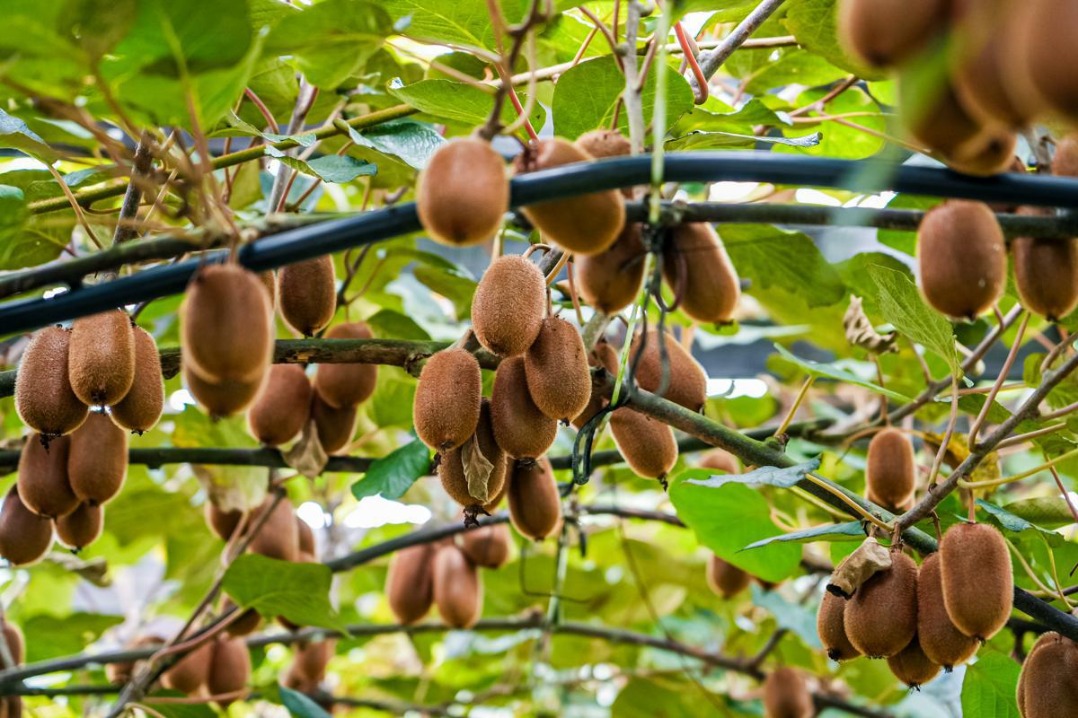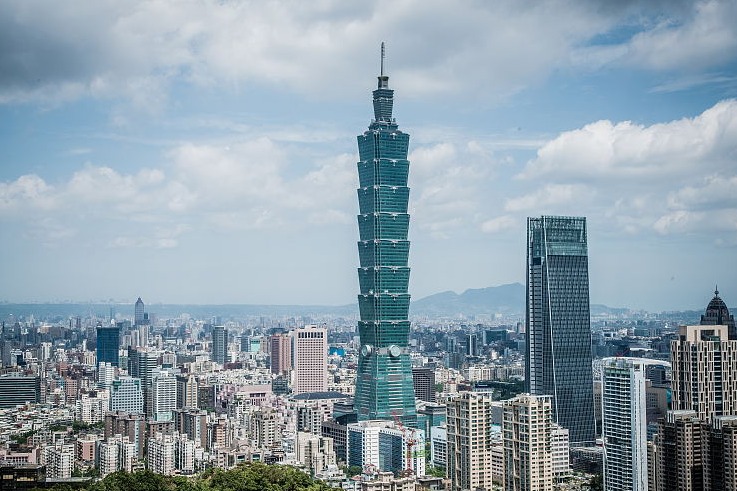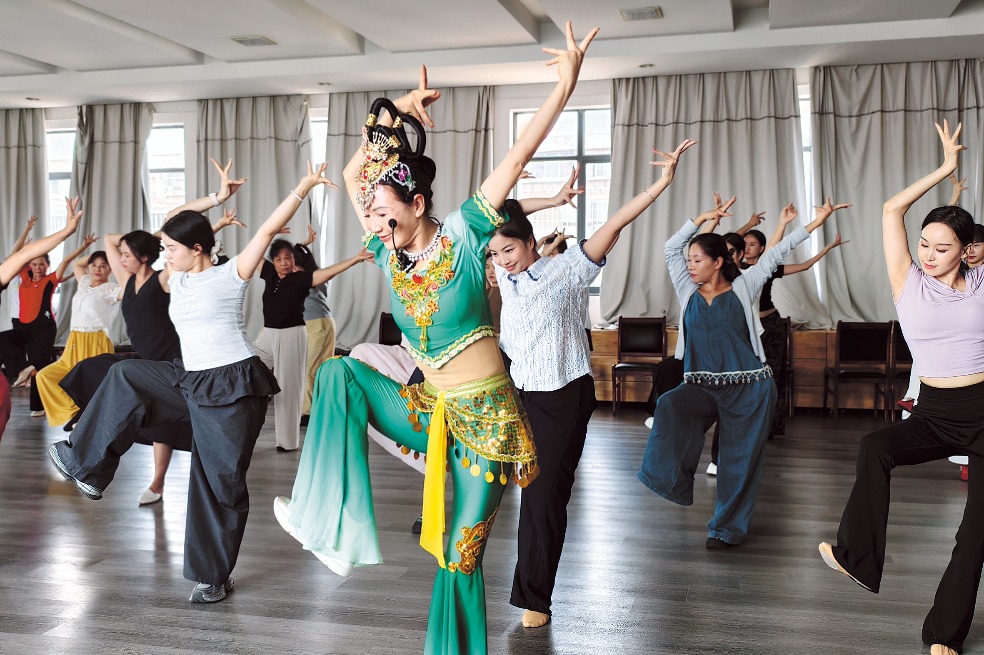HKSAR to complement other GBA cities in aviation

Economists say building the Hong Kong aviation hub under the 14th Five-Year Plan (2021-25) not only will boost the city's long-term economic growth but also complement the building-up of the Guangdong-Hong Kong-Macao Greater Bay Area.

In March, the 13th National People's Congress approved the 14th Five-Year Plan, which mentioned for the first time support for Hong Kong's enhancing its status as an international aviation hub.
Billy Mak Sui-choi, associate professor at Hong Kong Baptist University's Department of Finance and Decision Sciences, said the Hong Kong government should leverage the land area within the airport and the Three Runway System (3RS) to provide value-added services to the logistics process.
"The Hong Kong government should convert land area within the airport to provide assembling facilities for developing midstream operations. For example, when re-exporters import those high-end electronic components from other countries, they can utilize the airport's assembling facilities to package those components into a finished product and then ship them to the final destination," Mak told China Daily.
When the 3RS begins operation, the Airport Authority Hong Kong will be able to allocate more time slots to facilitate more departures and arrivals of cargo aircraft, Mak said.
In the next decade, the Airport Authority Hong Kong will implement the Airport City vision promulgated in 2019 — including the 3RS, SkyCity and AsiaWorld-Expo Phase 2, smart airport developments, as well as projects to strengthen connectivity within the Greater Bay Area and cargo developments — with an investment of over HK$40 billion ($5.1 billion) in order to consolidate Hong Kong's position as an international aviation hub.
The third runway is expected to be commissioned in 2022 and the 3RS in 2024 to cater to long-term air traffic demand. Once the 3RS is fully commissioned, the airport's annual passenger handling capacity will be around 100 million and its annual cargo handling capacity will be about 9 million metric tons.
HKBU's Mak said aviation authorities from the mainland, Hong Kong and Macao should do the coordination work well so that all airports in this city-cluster area can complement each other.
Aviation authorities from the mainland, Hong Kong and Macao should do the coordination work well so that all airports in this city-cluster area can complement each other, said Billy Mak Sui-choi, associate professor at Hong Kong Baptist University's Department of Finance and Decision Sciences
"The Hong Kong airport enjoys more traffic rights than other airports in the Greater Bay Area. That explains why the Hong Kong airport has more scheduled frequent flights to most of the major American and European destinations, whereas other airports in the city-cluster area do not. Aviation authorities of the Greater Bay Area should think carefully the coordination and division of labor among all airports within the city-cluster area to achieve the highest synergy," Mak said.
Among the airport connectivity initiatives, the Airport Authority Hong Kong is planning a number of projects on the Hong Kong-Zhuhai-Macao Bridge's Hong Kong Boundary Control Facility (HKBCF) Island, including automated parking lots and the Airport City Link. Land parcels on the HKBCF Island will also be reserved for development of air cargo logistics and other related support facilities.
HKBU's Mak said the development of the aviation industry will provide more job opportunities for Hong Kong residents with secondary-level education and who are semi-skilled. Through boosting employment, this can exert a positive impact on the city's economy.
According to Hong Kong government statistics, Hong Kong's aviation sector accounts for about 5 percent of the city's GDP and employs about 80,000 people. The total value of air cargo in Hong Kong accounts for over 40 percent of the city's total value of its mercantile goods trade.
- Exclusive: Sit down with German sinologist Helwig Schmidt-Glintzer
- Xi's important ideas on strengthening, improving public complaints work published
- Cross-Strait travel hits record highs during Golden Week holiday
- Zero liquid discharge achieved at Xinjiang plant
- Xiamen police solicits clues on illegal activities of Taiwan's 'psychological warfare brigade'
- China prosecutes three suspects from northern Myanmar over telecom fraud





































